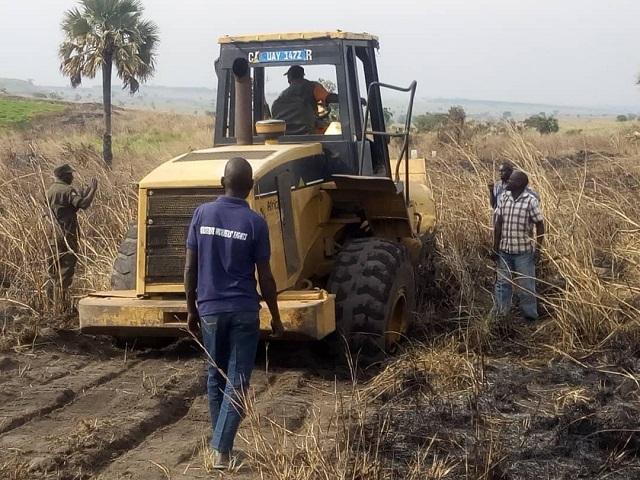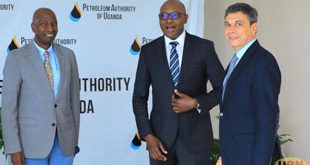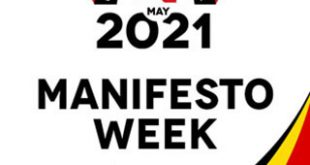
Nwoya, Uganda | THE INDEPENDENT | The delayed electric fencing of Murchison Falls National Park has increased human-wildlife conflict in Nwoya district.
Last year in October, Uganda Wildlife Authority (UWA) announced that it would install 30 kilometers of low voltage electric fencing in major human-wildlife conflict hotspots in Murchison Falls National Park. Each kilometre would cost 50 million shillings.
The fence would be installed in areas whose trenches are known to experience high degrees of siltation by flash-floods, gully erosion and elephant activities. Some sections will be erected to cross rivers and landscapes characterized by hard underlying rock outcrops which prevent effective trenching.
However, installation of the electric fence is yet to commence. For over a decade now, wild animals especially elephants, rhinos, primates and buffaloes among others have attacked and killed dozens of residents neighbouring the park. They have also devoured crop gardens causing food insecurity and starvation in the district.
Last month, a 56-year-old man Francis Okello, a resident of Agung village, Todora parish in Anaka sub-county was killed by four marauding elephants while he was weeding in his garden.
In the same month, stray hippopotamuses from the park invaded Otong village, Pabbo sub-county in neighbouring Amuru district and destroyed over 1,000 acres of staple food crops.
Geoffrey Opobo, the LCIII chairperson of Anaka sub-county observed that the human-wildlife conflicts in the area have become unbearable because all the remedies devised to safeguard the communities have not yielded.
Nwoya LCV chairperson Patrick Okello Oryema accused the park authorities of paying little attention to the trails of wildlife catastrophes in the district. He also said that the funds given to communities under the revenue sharing scheme are inadequate compared to the magnitude of destruction by the animals.
The UWA communications officer Hangi Bashir regretted the destructions meted on communities by stray animals. He explains that UWA contracted Space for Giants, a Kenyan firm to supply them the required electric wires for fencing the park boundary but the outbreak of global coronavirus disease delayed the process.
UWA has started erecting a 21km electric wire fence from Kikorongo to Kasese cobalt company in Kasese town, providing relief to residents of Kirembe, Nyamirangara, Muhokya, Lyemibuza, who have severally lost their crops to stray wild animals.
*****
URN
 The Independent Uganda: You get the Truth we Pay the Price
The Independent Uganda: You get the Truth we Pay the Price


